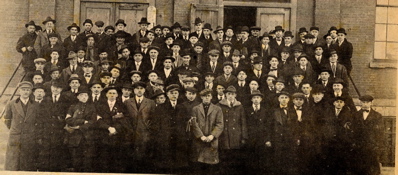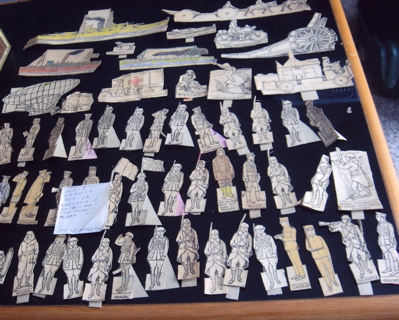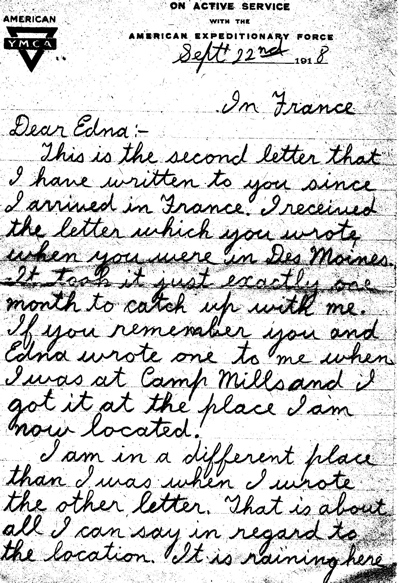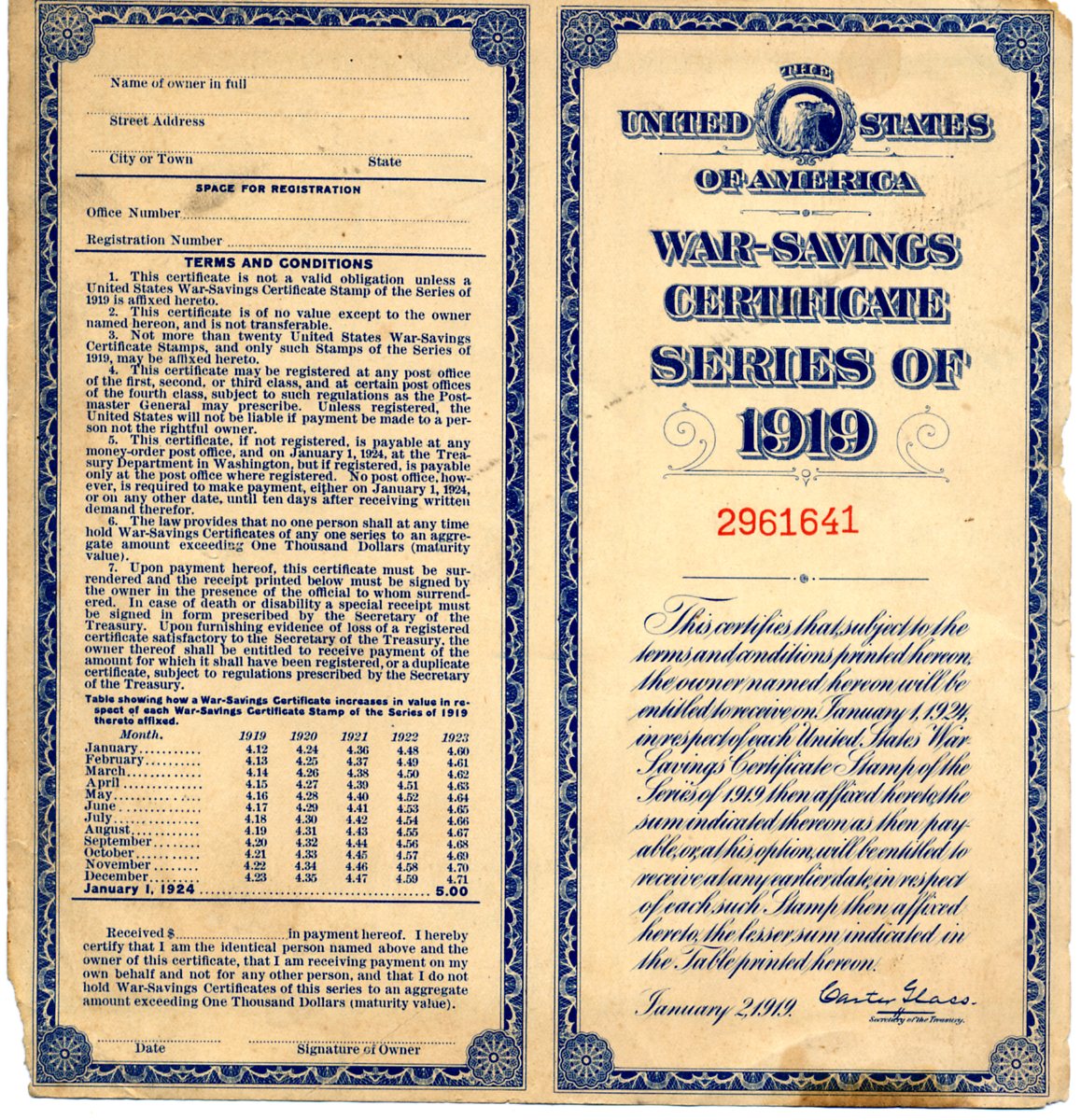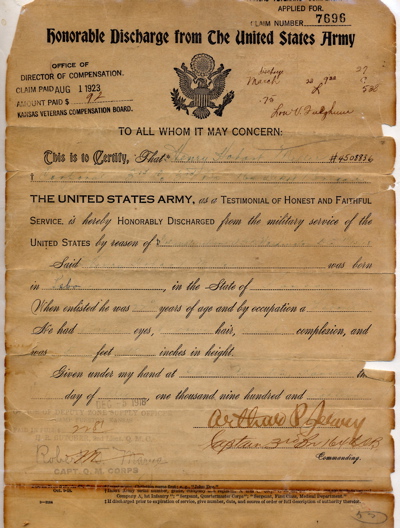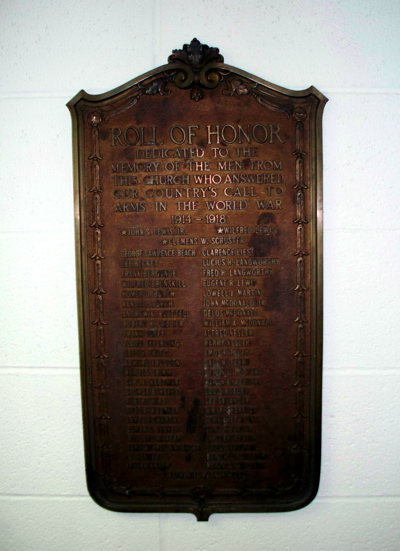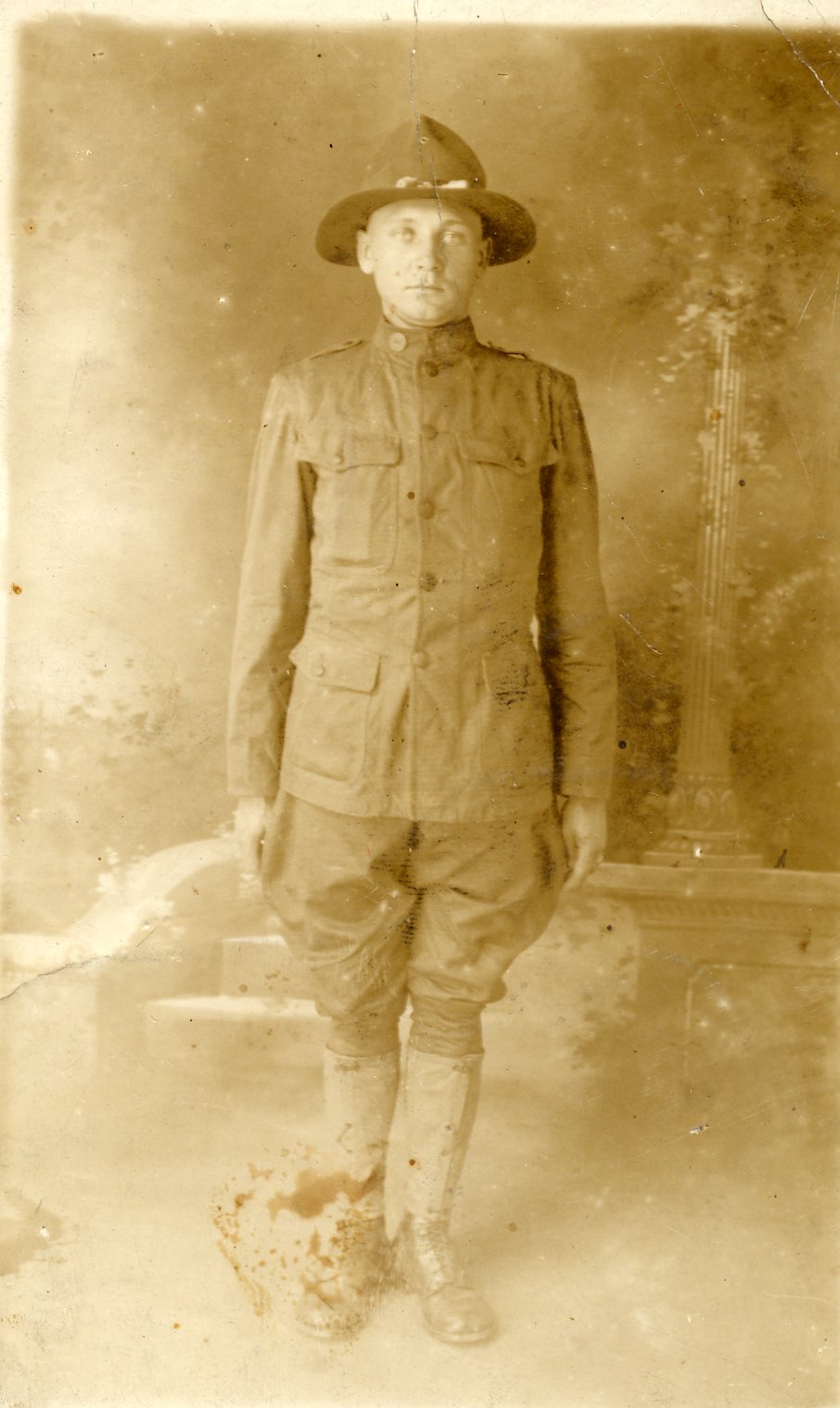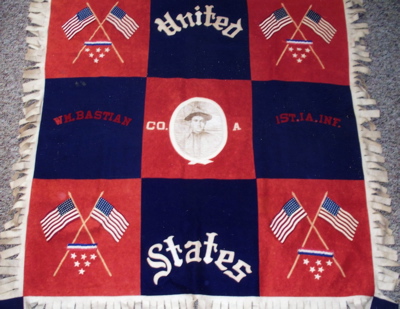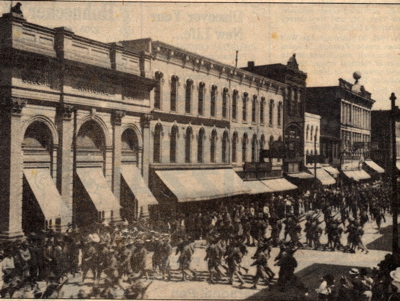Encyclopedia Dubuque
"Encyclopedia Dubuque is the online authority for all things Dubuque, written by the people who know the city best.”
Marshall Cohen—researcher and producer, CNN
Affiliated with the Local History Network of the State Historical Society of Iowa, and the Iowa Museum Association.
WORLD WAR I
World War I. Also known as the First World War, the Great War, and the War to End All Wars. World War I was a global war which took place primarily in Europe from 1914 to 1918. More than 40 million casualties resulted, including approximately 20 million military and civilian deaths. Over 60 million European soldiers were mobilized from 1914 to 1918.
The event considered to have triggered war was the June 28, 1914 assassination of Archduke Franz Ferdinand, heir to the Austro-Hungarian throne, by Gavrilo Princip, a Bosnian Serb citizen of Austria-Hungary. The retaliation by Austria-Hungary against the Kingdom of Serbia activated alliances that set off a series of war declarations. Within a month, much of Europe was in a state of open warfare.
The causes of the war date back to the unification of Germany and the changing balances of power among the European Great Powers in the early 20th century. These causes included French resentment over the loss of territory to Germany in the 19th century; the economic and military competition between Britain and Germany; and the German desire for equality with the other countries of Europe.
The war was fought between two major alliances. The Entente Powers consisted of France, the United Kingdom, Russia, and their associated empires and dependencies. Other states joined these allies including Japan in August 1914, Italy in April 1915, and the United States in April 1917. The Central Powers, named because of their central location on the European continent, consisted of Germany and Austria-Hungary and their associated empires. The Ottoman Empire joined the Central Powers in October 1914, followed a year later by Bulgaria. By the conclusion of the war, only The Netherlands, Switzerland, Spain, the Scandinavian nations, and Monaco remained officially neutral among the European countries.
The fighting of the war mostly took place on the European continent. The Western Front was marked by a system of trenches, breastworks, and fortifications separated by an area known as no man's land. These fortifications stretched 475 miles and led to a style of fighting known as "trench warfare." On the Eastern Front, the vastness of the eastern plains and the limited railroad network prevented the stalemate of the Western Front, though the scale of the conflict was just as large. There was heavy fighting on the Balkan Front, the Middle Eastern Front and the Italian Front; there were also hostilities at sea and in the air.
At home, civilians were asked to help support the war effort. Many invested in war savings certificates.
The war was ended by several treaties, most notably the Treaty of Versailles, signed on June 28,1919, though the Allied powers had an armistice with Germany in place since November 11, 1918. One of the results of the war was a large redrawing of the map of Europe. All of the Central Powers lost territory; several new nations were created.
After the war, the League of Nations was created as an international organization designed to avoid future wars by giving nations a means of solving their differences diplomatically. World War I ended the world order which had existed since the end of the Napoleonic Wars, but was an important factor in the outbreak of WORLD WAR II.


